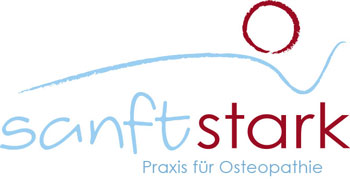Stress and Fatigue
Stress occurs in the autonomic nervous system whose two primary components are the sympathetic and parasympathetic systems. In stressful situations the unconscious fight-or-flight signals are triggered in the sympathetic nervous system: the frequency of breathing increases, the heart beats faster, blood pressure increases, circulation in the organs reduces to benefit the musculature, muscle tension increases, digestion slows and the liver prepares to convert sugar into quick energy. The parasympathetic system becomes active when we are relaxed and at ease: the frequency of breathing reduces, the heart beats slower, muscle tension reduces, digestion benefits and relaxation, sleeping and recovery are promoted.
Due to the numerous demands of our modern world the sympathetic nervous system is overactive in most cases which continuously increases its tension. Because the parasympathetic nervous system has to keep the system in balance, its tension will increase correspondingly. Without the necessary relaxation a state will be achieved in which the parasympathetic system is no longer able to maintain the balance. In this situation the autonomic nervous system often reacts by becoming dependent on the continuously agitated sympathetic nervous system, which expresses itself as nervousness or hyperactivity. The other option available to the autonomic nervous system is shutting down the extremely agitated sympathetic nervous system into the other extreme of high agitation of the parasympathetic system, which expresses itself as fatigue states even to the extend of burnout syndrome.
The sensitive treatment methods of craniosacral osteopathy strengthen and balance the parasympathetic nervous system and restore its ability to adjust to activity or relaxation in a natural manner without single-sided dependence.






